Wall Mount Wine Rack
Original price was: 284.67$.132.49$Current price is: 132.49$.Queen bed frame same day delivery
Original price was: 248.49$.129.67$Current price is: 129.67$.Standard Height Desk
214.98$ Original price was: 214.98$.121.99$Current price is: 121.99$.
Description
Choosing the Right Standard Height Desk for Comfort and Productivity:
Proper desk height holds great significance in comfort, maintaining good posture, and productivity at the workplace or even at a home office. The standard desk height will be approached in this guide by analyzing key factors one should consider when selecting a desk, its relationship with ergonomics, and how to adjust it to suit one’s needs. Understanding the guiding principles of desk height choice will lead to a working environment that allows health benefits, less strain, and an environment that is conducive to work.
What Is the Height of a Standard Desk?
Generally speaking, standard desk height ranges from approximately 28 to 30 inches, from floor to top of tabletop surface. This measurement has been set as a general guideline and sets a height appropriate for the average adult. Most commercially available desks follow these specifications to enable the widest range of users. However, body height, type of chair, and workspace purpose are other variables that will make the perfect desk height different for each individual.
In reality, this height is not going to provide the most comfortable or ergonomic positioning for all individuals, especially if they fall outside the 5’8″-5’10” height bracket. Such individuals may get a better fit with desk options offering various possibilities of adjustment, support from ergonomic accessories, or even an individually targeted desk height.
Why Standard Desk Height Matters:
Desk height has something to do with posture, productivity, and comfort in general throughout the day. When working at a desk of appropriate height, you can maintain yourself in a more neutral position that minimizes stress to the neck, back, and shoulders. Poor desk height can contribute to musculoskeletal issues, such as lower back discomfort, hurting wrists, or stiffness over time. Furthermore, inappropriate desk height is also capable of straining your eyes to cause discomfort and reduced productivity.
The following reasons explain why the standard desk height should suit your individual ergonomic needs.
- Posture: A desk that is too high or too low will compromise posture. Standard desk height, when fitted according to your body dimensions, keeps your body in alignment and works to reduce fatigue while preventing slouching or reaching.
- Arm postures: The forearms are positioned parallel to the working surface, on a desk at an optimal height. In this way, no strain is put on the shoulders and upper back.
- Keyboard and Monitor Placement: Proper desk height enables placement of the keyboard and monitor at ergonomic levels that promote a neutral position essential for long-term health.
- Job-Specific Needs: When an individual’s work requires special activities, such as drafting, design, or any other concerned work, the desk height may be adjusted on a need basis depending on the requirement of the job. The standard desk heights are quite ideal for general office work but not very suitable for every type of job.
Desk Height Adjustment Based on Different Needs
While this general desk height will work for most people, it may not be an exact fit for every body type. Desk height adjustment based on personal height, chair type, and other variants can make a difference regarding comfort.
-
Body Height
The following will help determine your body’s ideal desk height:
- Less than Average Height: If you are under 5’4″, a desk of standard height of 30 inches may be a bit too high. You may find 26 to 28 inches more comfortable for you, while allowing your arms to be at approximately a right angle. Consider an adjustable chair with a footrest.
- Taller Than the Rest: People taller than the average height of 6 feet would feel that the desk is somewhat too low to their new body posture, which they had slouched into for support. A desk height of about 30 to 32 inches can take on taller users more appropriately. Sit-stand desks can easily set a desk at any height that they see fit.
-
Chair Complementarity
The height of your chair also plays a major role in determining the ideal desk height. Adjustable chairs, however, permit some flexibility in their pairing with standard-height desks. Here’s how to find the right desk and chair combo:
- Seating position: When seated, your feet should rest flat on the floor, and your thighs are parallel to the ground. Desk height, in turn, would position your elbows in a 90-degree angle when hands are on the desk or keyboard.
- Adjustable Chairs: When your desk height is non-adjustable, making use of an adjustable chair creates a way in which you are able to ensure the right arm positioning. Armrests that are adjustable also serve to provide an ergonomic position whereby arms and shoulders are supported.
The Exploration of Adjustable Height Desks
The recent trend of flexible workspace options in modern offices has made the demand for adjustable height desks very popular. These desks allow users to switch between sitting and standing positions, a method proven effective in reducing discomfort and improving posture over long periods. One of the best benefits of an adjustable desk is that it will let one transition from one position to another, which allows the user to stay comfortable and avoid potential back and neck ache.
Benefits of Adjustable Desks:
This means that poor posture may be achieved if the person sits all day. An adjustable desk can allow the users to stand. Doing so may relieve pressure on the lower back, enabling one to maintain posture.
- Improved circulation: Standing and changing positions improve blood flow. It also minimizes the risk of developing stiffness or swelling in one’s legs.
- Energy and Concentration: Switching between sitting and standing increases your energy levels and helps you with concentration. More concentrated time means greater productivity.
Recommendations of Desk Height on Ergonomic Issues
The Standard Desk Height may facilitate comfort for most the people, but actually, comfort is achieved via some sort of adjustment. Based on ergonomics, here are a few recommendations for finding the right desk height setting:
-
Elbow Position
Your elbows should be at a right angle whenever using the keyboard. If the elbows get too high or too low, you might want to consider changing chair height or trying an adjustable desk. This positioning of the arm allows for promoting relaxation of shoulders and maintains the arms in a straight position.
-
Placement of Monitor
The top of the monitor should be at eye level or just below. Set the screen forward by about 20-30 inches away from the face to relieve neck and eye strain. Adjusting your monitor height to eye level minimizes head tilting, which can cause neck discomfort.
-
Desk Depth
Standard desks are about 30 inches deep, which normally suffices for any environment. This can allow for appropriate monitor, keyboard, and equipment placement without causing strain.
Popular Options and Accessories for Standard Desk Height
A number of desk types and accessories are available to help make the standard desk height more adaptable to individual needs:
- Standing Desks: Fezibo and Vari are just two of the many standing desks that are adjustable to allow users to change from sitting to standing. They offer a height range that fits within both sitting and standing positions.
- Footrests: These are helpful when someone is a bit short, with the desk seeming too high.
- Monitor Arms: These help in adjusting the height and angle of the monitor independent of the desk so that the screen is at eye level.
- Desk Risers: Desk risers provide additional height to a standard desk and can be used for taller users when a higher surface is required on a more affordable level
Future of Desk Height Standards
As the demand for flexible and ergonomic working spaces continues to grow, a standard desk height may become less applicable to today’s employee. The introduction of height-adjustable and sit-stand desks is really setting the pace for office design to go that one notch further on the side of customization. With the greater leaning toward remote work, more people are after options tailored to their personal needs and being able to make adjustments.
In the future, desk design may consider intelligent, automated adjustments according to user posture or activity in real time. Technology could include AI sensors that would track the movement of users and automatically adjust the height of the desk to put the user in a neutral and ergonomic position without human intervention.


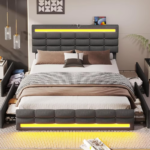
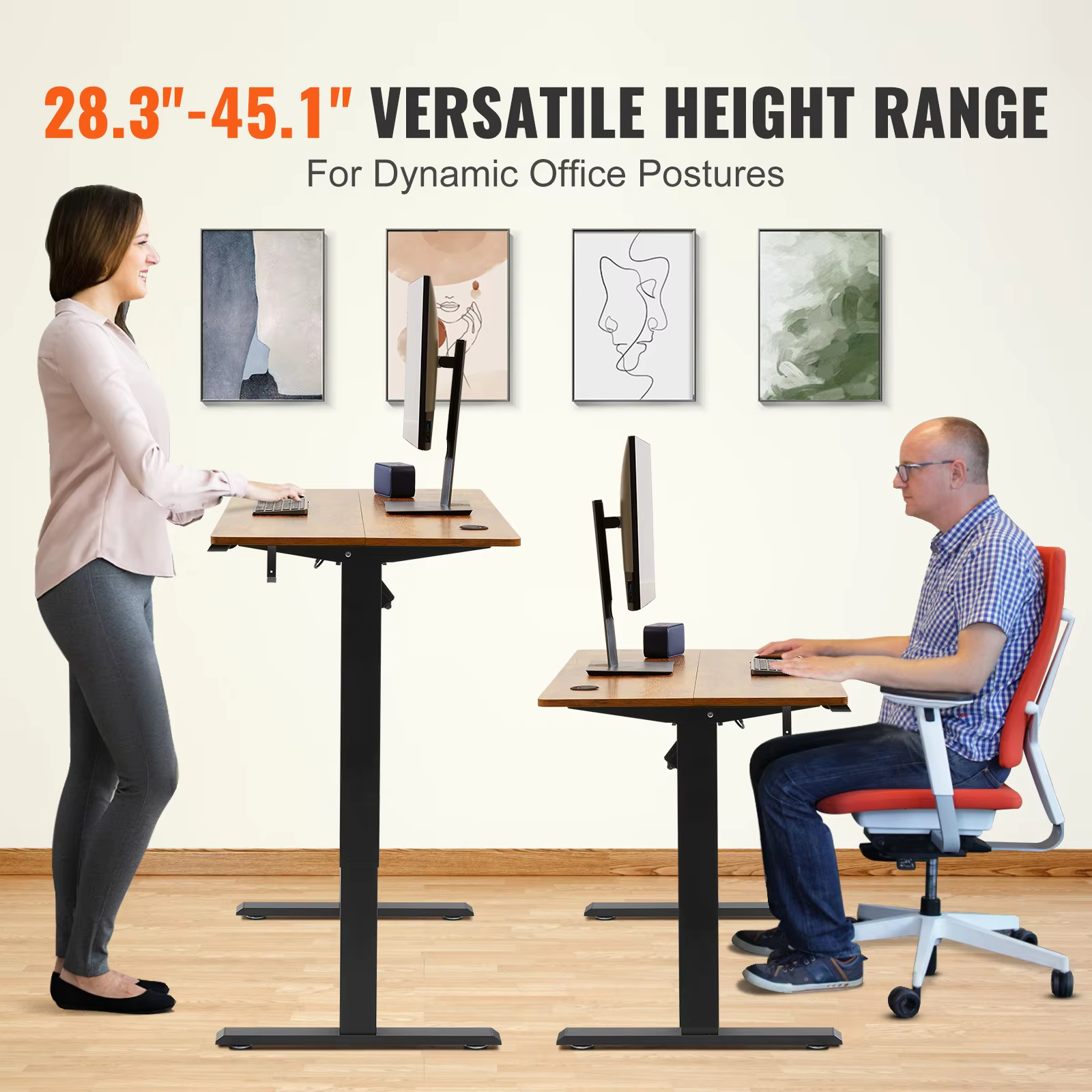
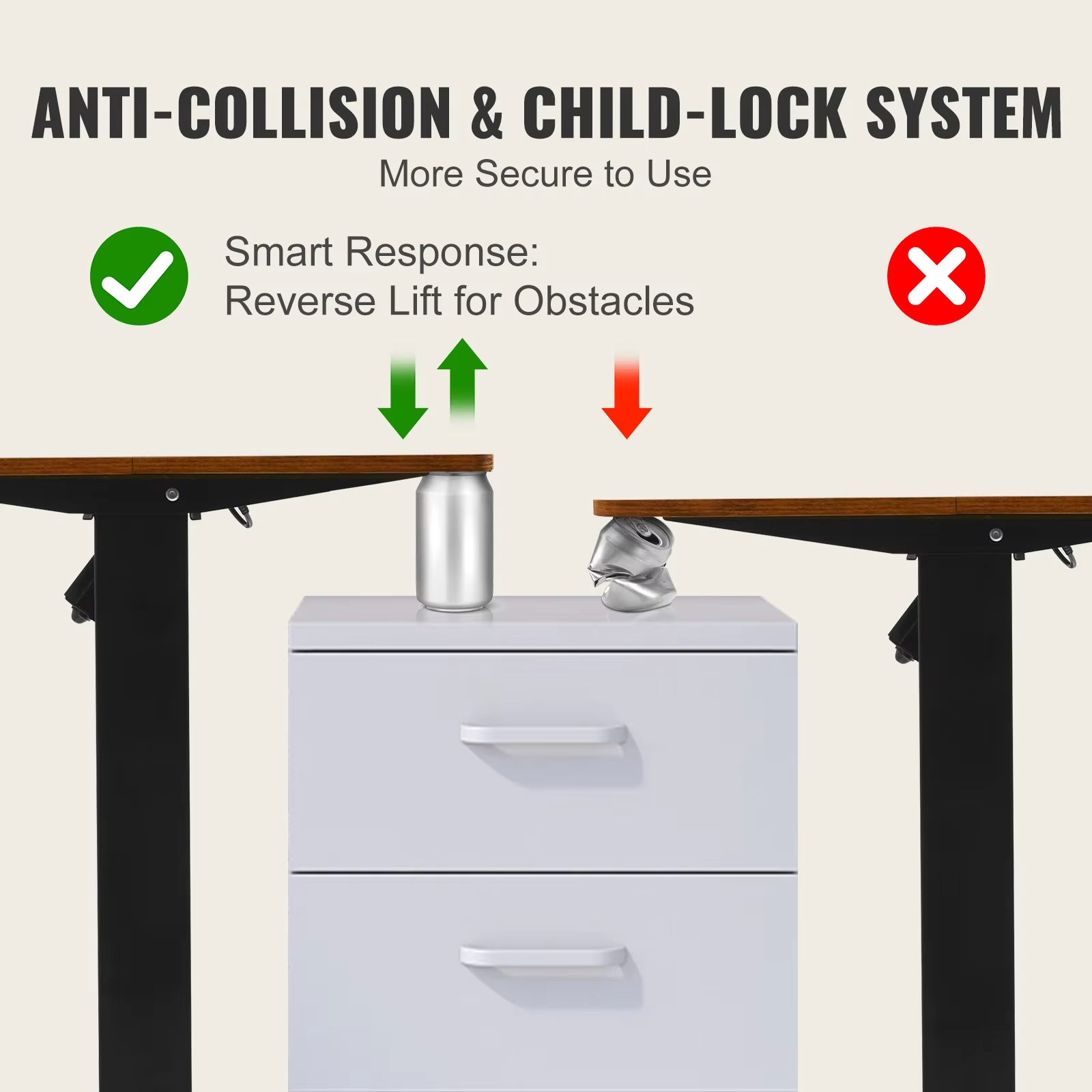
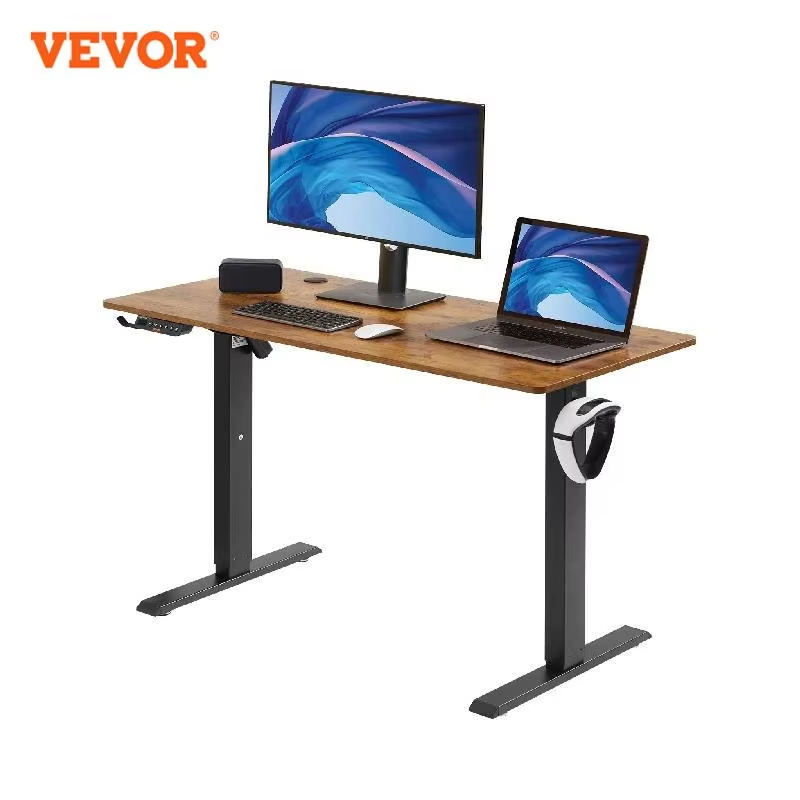

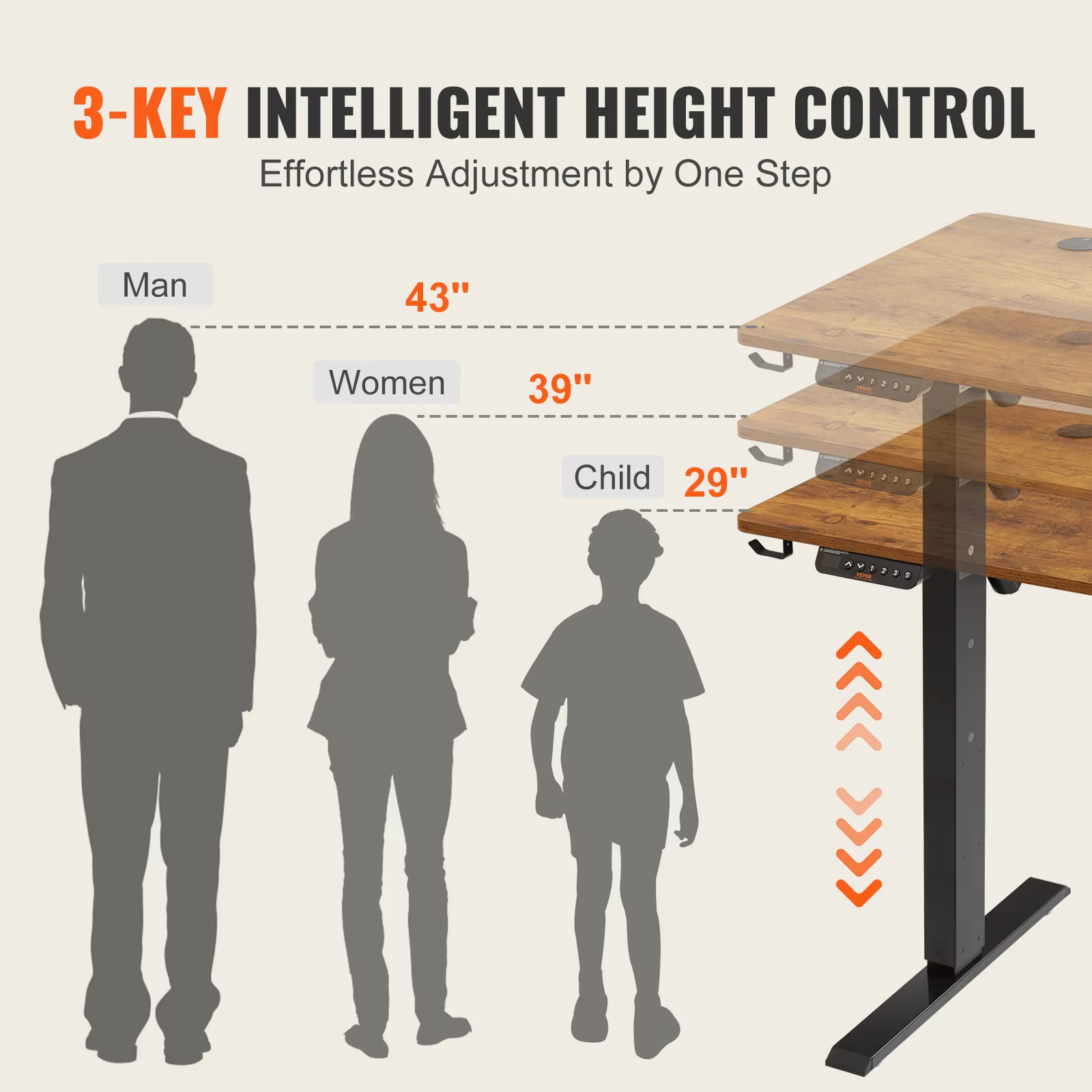


Reviews
There are no reviews yet.